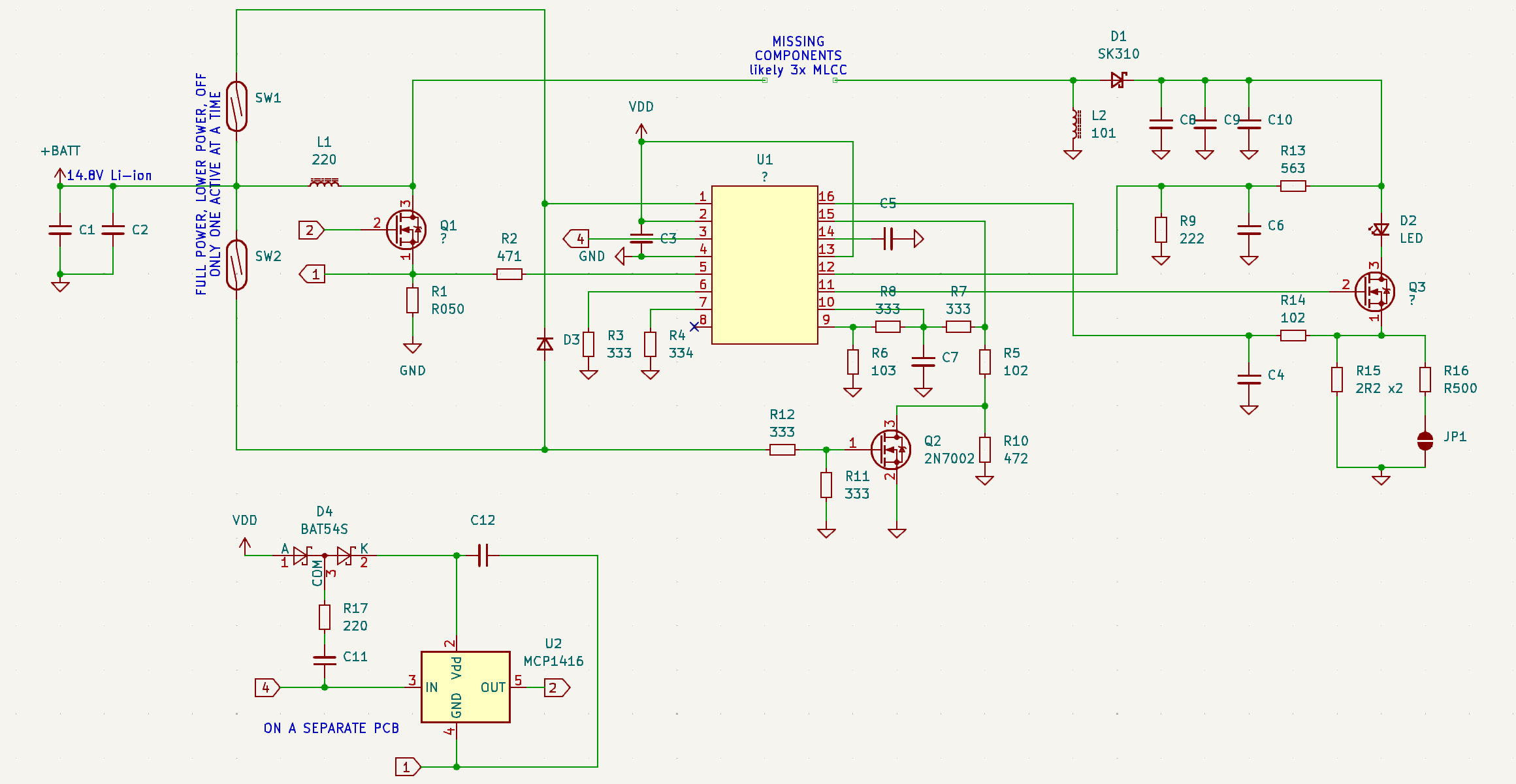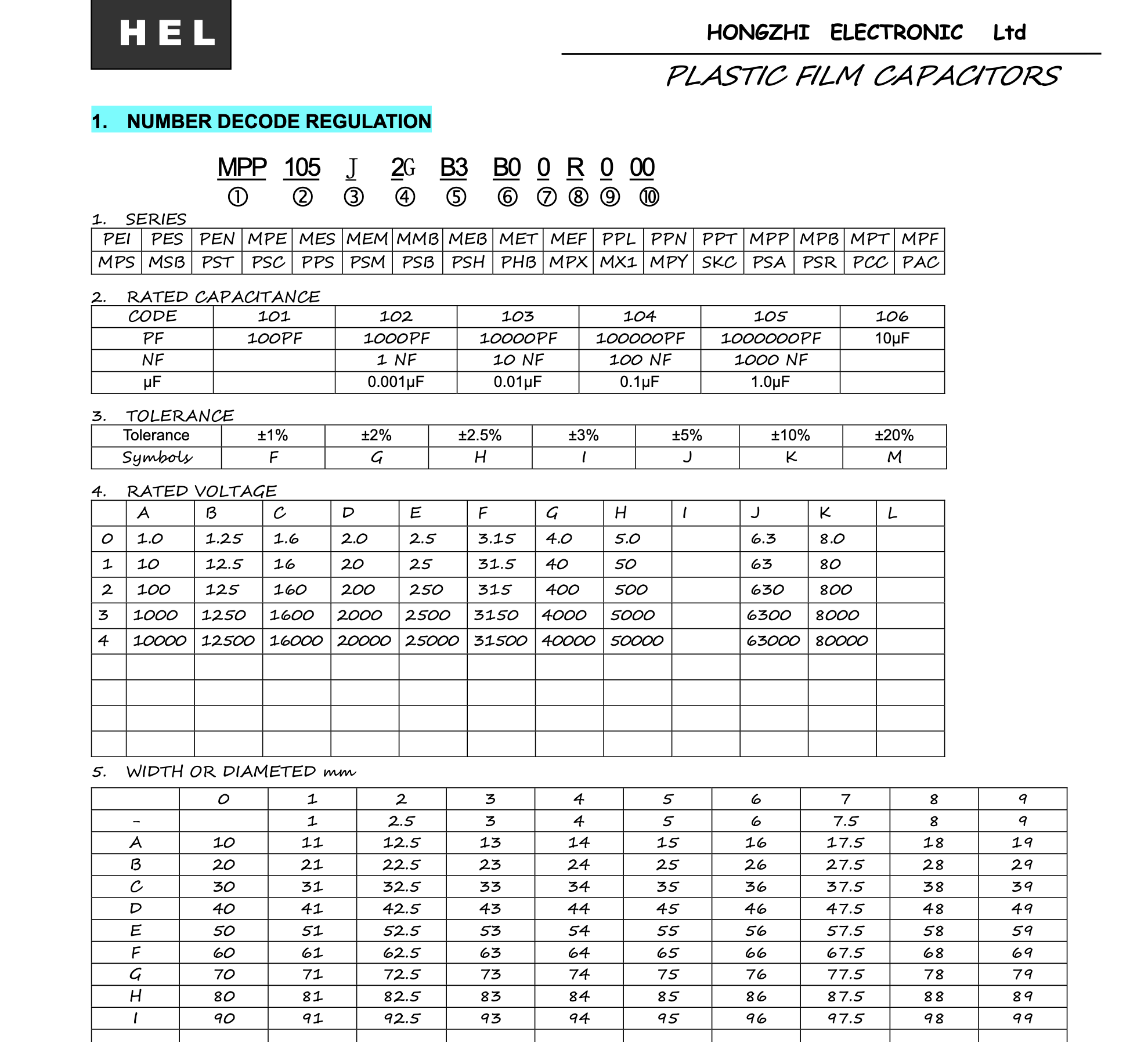Just found december's #chipofthemonth, which is a 80x120 px 40 k(!) fps high-speed camera sensor with digital readout that sells at ~5 € a piece on digikey. Apparently by cutting down the exposure window, this thing can go up to 260 kfps. I wonder what you could do with a cheap, high speed camera sensor like that. According to the datasheet, apparently "gamer mouse frontend" is one of its applications. I might just get a few to try. The devkit is ~70 €.
https://www.digikey.com/en/products/detail/aistorm-inc/AISC110C/26666752








